At Rayo Vallecano, Everything Should Stay Exactly How It Is
Carmen had to stay. Because at Rayo Vallecano, everything must remain as it is. In November 2014, the club were on world news when the then 85-year-old Carmen Martínez was prevented from being evicted from her house next to the stadium in the Madrid working-class district of Vallecas. Due to the initiative by Rayo Vallecano coach Paco Jémez, the club raised 21,000 euros and the elderly widow could breathe a sigh of relief. Three months later, Martínez transferred 10,000 euros to the relatives of former Rayo goalkeeper Wilfred Agbonavbare, who died of cancer at the age of 48 just before that. She said they needed the money more than she did.
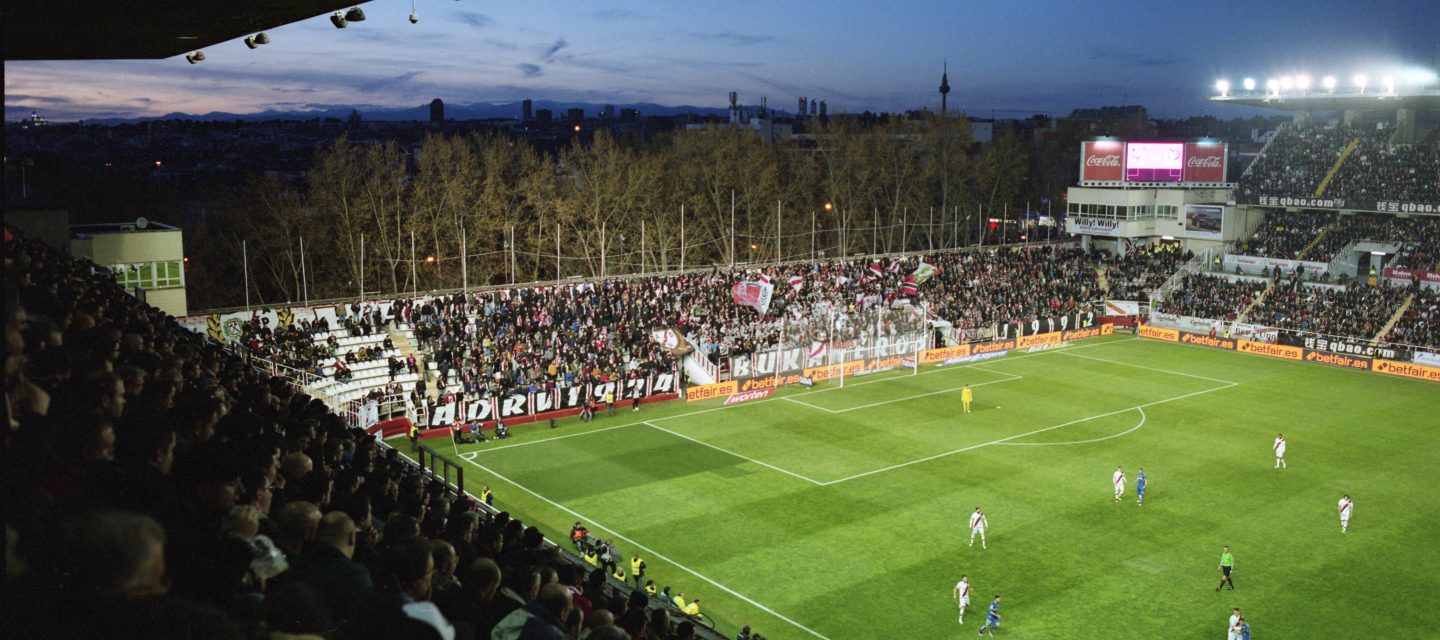
Those looking for the home of the now-famous Carmen Martínez should take the light blue Madrid metro line 1 to Vallecas, a village in a metropolis. Where newsstands, lottery offices, telephone shops, hairdressers and bars dominate the streets, the Spanish underclass lives next to immigrants from South America and North Africa. Where economic growth passes everyone by and it is always in a crisis.
Some three hundred thousand inhabitants, workers and unemployed, are spread over the district of Madrid, which roughly consists of two parts: Puente de Vallecas and Villa de Vallecas. In the middle of Puente de Vallecas, next to Portazgo metro station, is the Estadio de Vallecas of Rayo Vallecano. The proud home of the Bukaneros (the pirates), as the fanatical hardcore call themselves.

Madrid's third club is therefore nothing like their big brothers, Real Madrid and Atlético Madrid. Unlike these top European clubs, where football has become a business, Rayo has virtually stood still in time. No men in suits, no women in fur coats, no business seats, no special press gallery, no WiFi and no stars on the field. On match days, tickets are just for sale at the box office for a few euros. It was only when FC Barcelona came to visit with star football player Lionel Messi at the beginning of this year were paper sheets with the word 'sold out' on the doors. Barça fans and tourists were at the mercy of the black traders of Vallecas. Monthly salaries were negotiated together in the dark streets.
Rayo, founded in 1924, played on the margins of Spanish football for decades. Yet Rayo has always been more than a football club, in the same way Vallecas is different from all other neighbourhoods in Madrid. Young communists still live here, who are disgusted by Prime Minister Mariano Rajoy's conservative Popular Party. Nowhere was the aversion to dictator Francisco Franco's regime as great as here. Not infrequently, the Spanish Policia Nacional raided hard in Vallecas. During protests, residents were driven up the hills. The hatred of fascists still runs deep within.
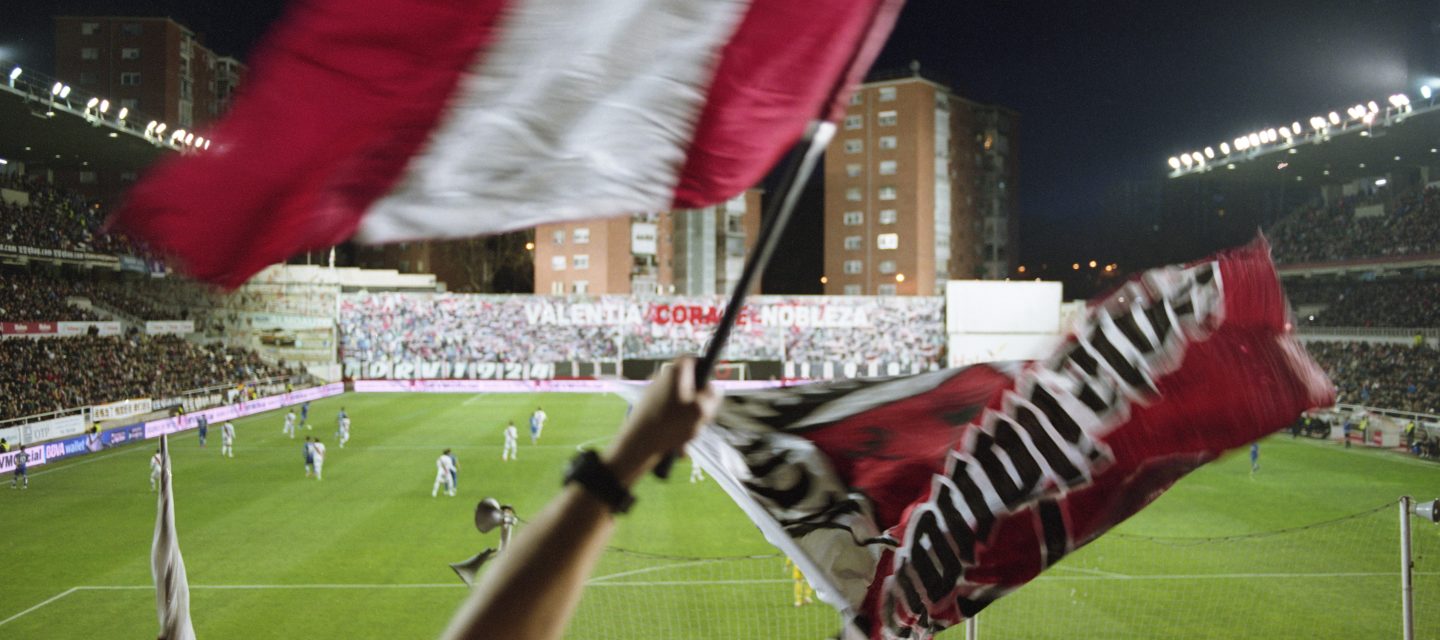
The fanatical supporters of Rayo Vallecano stand behind one of the goals, on the other side there are no stands. Local residents can watch the bumpy playing field from their balconies for free. The fact that a wall obscures one of the goals does not spoil the fun.
Opposition to the establishment and the monarchy lurks everywhere. The red-yellow-purple of the Spanish republic invariably flutters in the stadium next to the images of Che Guevara. Hasta la victoria siempre is written in the stands behind the goal. Once a year, on a Sunday in July, it is made out that 'the republic of Vallecas' is located by the sea. During the fictional naval battle, residents attack each other with litres of water. It explains why Rayo's fans call themselves pirates.
The sporting successes started in 1976 when the club was promoted to the Primera División for the first time in history, only to be relegated two years later. That will continue to be the club's story in subsequent years. Joy and sorrow are always close to each other. The promotion of 1989, for example, should have been a new high, but the season ended on a dark note when dark English star Laurie Cunningham was killed in a car accident just outside Madrid. At Rayo, The Black Pearl formed an attacking duo with Hugo Maradona, Diego's brother.
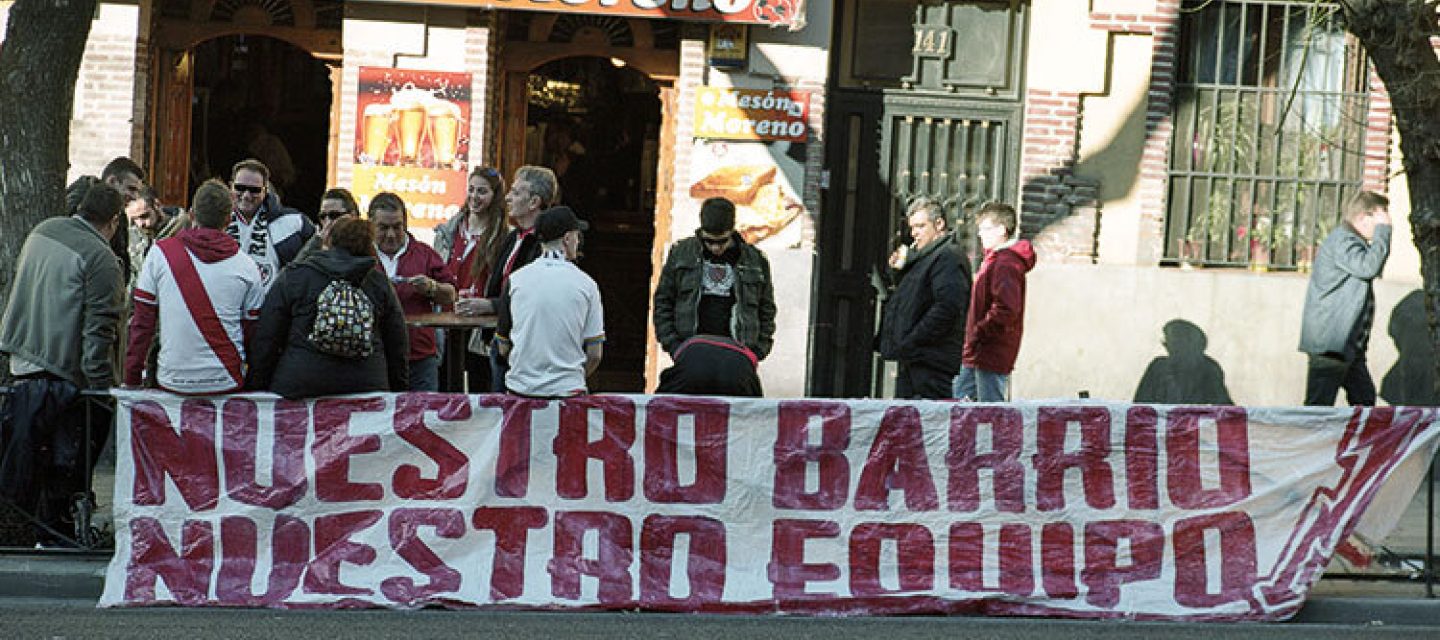
'Our neighbourhood, our club' is on a banner in front of a pub directly opposite the stadium where fans drink with Getafe before the city derby. Txus Romero, dressed in a retro shirt from Rayo and occasionally slurping from a litre bottle of beer, never misses a match. “This club belongs to Vallecas and no one else. The owner may drive Rayo, but he doesn't represent us. Words like solidarity and togetherness are very important to us.”
Often the end seemed near. In the 1940s, the club, which at the time played in white shirts, white pants and black socks, were saved from destruction by Atlético Madrid. In return, Atletico would have demanded that a red stripe be added to the shirt so that the kits no longer resembled rivals Real Madrid. Others maintain that the Argentine River Plate once gifted the club their characteristic shirts out of generosity. Perhaps both stories are true.
In the early 1990s, it was José María Ruiz Mateos who saved the club from destruction. Mateos ran the business empire Rumasa and had himself grown up in a poor family in southern Cádiz. Well-known names, such as trainer José Camacho and Mexican super striker Hugo Sánchez have arrived in Vallecas. It turned out to be too good to be true.
Mateos was discredited and almost all his companies (he had seven hundred) were seized. Rayo Vallecano, however, had surreptitiously put in the name of his wife Doña Mariá Teresa Rivero Sánchez. So it was possible that a housewife and mother of thirteen children became the first female president of a club in the Primera División. She didn't know anything about football at first, but grew into her role and took care of everything and everyone. She saw the players as her own sons, whom she sometimes invited to her home for dinner.
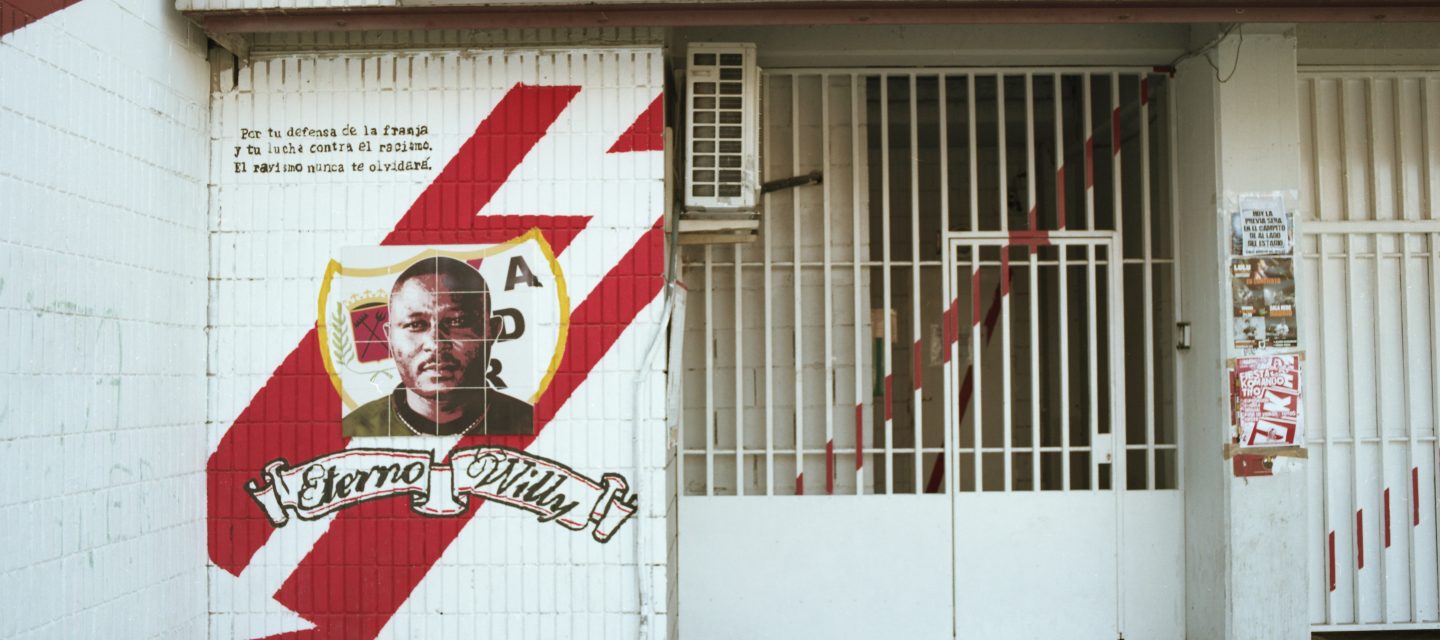
In the corner at entrance number 1 of Estadio de Vallecas is a permanent tribute to Wilfred Agbonavbare. Rayo Vallecano's former goalkeeper died in 2015 at the age of 48 in poverty from cancer. The club raised money so that his three Nigerian children, who had not seen their father in ten years, could say goodbye to him. Visa problems caused delays. The two sons and a daughter arrived just too late to see Willy alive. They did attend the funeral in the town of Meco, now a place of pilgrimage for Rayo fans.
Former Ajax player Dave van den Bergh experienced in 1999 how a promotion to La Liga was celebrated in Vallecas. President Teresa Rivero stood in the locker room with her shoes in the tub. A truckload of champagne pulled up. The Rayistas danced and cheered at the Fuente de la Asamblea, the club's own party fountain. Rayo's stadium was renamed Estadio Teresa Rivero five years later in anticipation of a new complex to be built that would accommodate 30,000 spectators. A castle in the air; Teresa Rivero disappeared from view in 2011 and the stadium got its old name back.
Since 2011, Rayo has been owned by wealthy businessman Raúl Martín Presa, who owns 97.82 per cent of the shares. When he bought Rayo in 2011, ninety per cent of the staff were allowed to stay. Presa understands the slogan that has been on the giant wall behind the goal for years: Juntos Podemos ('Together we can do it'). Rayo Vallecano needs to make up for the lack of money with love and affection. In the spirit of the old neighbour, Carmen Martínez.

Virtually all of Rayo's loyal fans are born, raised and buried in Vallecas. If only, because few people are allowed to escape from the misery of the working-class district. Rayo Vallecano wants to be more than a football club. For example, at the beginning of 2016, toys were collected during a training course for poor children who would otherwise be skipped during Epiphany. At the start of that season, Rayo also came in two special outfits. A grey shirt with a pink track was presented as a sign that Rayo thinks the fight against breast cancer is important. In addition, a rainbow outfit came on the market to support the LGBT community. Of every shirt sold, seven euros went to one of the charities.
This story previously appeared in SANTOS #02, May 2016.
Images: James Rajotte
Related
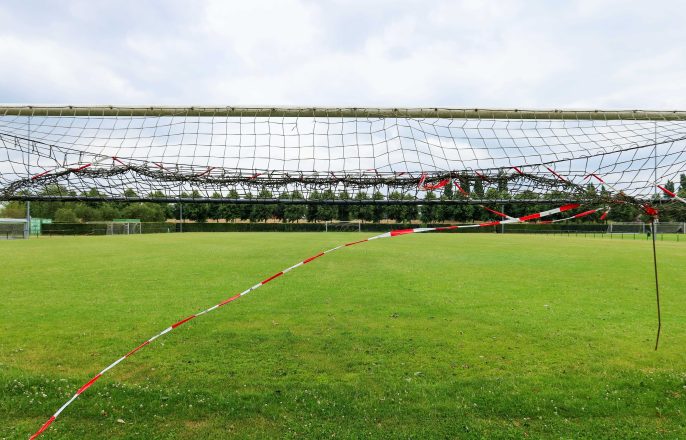
De roots van Oranje: de ruimte die Tijjani Reijnders nodig had
Articles

De roots van Oranje: de droom van FC Abcoude
Articles

Ten places in Munich that really mean something to Bayern
Articles


